|
Fall is a great time to collect your Milkweed seeds and there are many things you can do with your harvested seeds. You can save them for next year, give them to friends and family, share with your community or donate them to your favorite Monarch conservation organization! If you missed out on collecting them in the Fall, you might just get lucky and find some seeds still hanging on in the Spring! This is great because they have already gone through nature's cold stratification period, also known as winter. Where should I collect? You can collect Milkweed pods from your own garden, on private lands (with permission), public right-of-ways and road sides. What if I'm not sure how if it's a Milkweed plant? All milkweed species develop a seed pod and they look very similar. Refer to the Milkweed Identification blog if you're not sure how to identify Milkweed. How much should I collect? The rule of thumb for harvesting wild plants is to leave at least 2/3rds of the plant to ensure that the wild population will continue to thrive. Step 1: Collecting the Milkweed Pods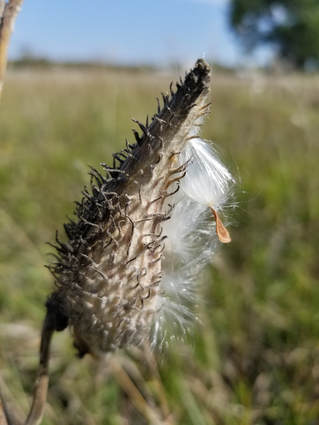 A milkweed seed pod that is mature and starting to release it's seeds. A milkweed seed pod that is mature and starting to release it's seeds. Timing is key when collecting milkweed seeds. Here are a couple of tricks to ensure that your seeds are mature and viable. If the pod is brown and has already popped open releasing their silky fluff, also called coma, you know that they are ready and you can harvest them and remove the fluff later. However, if you want to avoid the fluff and be able to take the seeds off neatly and easily, here is a little trick. I look for green seed pods and the first thing I do is squeeze the seed pod. If I hear a gentle pop and see that the pod has split at the suture, then I look inside. If the seeds are a nice toffee brown then I know they are mature and I can collect the pod. However, If the seeds are white or tan, I don’t collect them and let them continue to mature on the plant. Milkweed seeds can mold easily so I like to use a breathable paper bag or cardboard box when I'm out collecting. Step 2- Removing the Seeds from the HuskThis is a fun and relaxing activity. I’ve already collected my light green seed pods that have row after row of beautiful tightly packed seeds. I let them sit for about 2 weeks so they are dry and easy to remove. I squeeze the pod until it pops open at the suture and grab the narrow end of the pod. Then, I gently pull until the seed follicle comes out of the pod. I then rake my finger nail along the seed follicle, going WITH the grain of the seeds. They should pop right out! To see a video of this process click here. Step 3- DryingAfter you remove the seeds, you’ll want to let them dry out for 3 days to a week. I like to let them dry on cardboard in a well-ventilated area. A porch, mudroom, barn, or shed works well for this. If you are harvesting in the Spring, you can most likely skip this part unless it is after a rain. Step 4- StorageOnce they have dried out, I store them in small manilla envelopes and date them. I do not store them in plastic bags because this will often cause them to mold since it is not a breathable material. Step 5: Cold StratificationAfter you have dried your seeds, you can place them in a cold, dry place for the winter so they can go through a cold stratification period. This will increase their germination rates. Another option is to sow them in the ground in the late fall so they naturally go through a stratification period. You Can Donate Your Seeds To Save Our Monarchs FoundationIf YOU have seeds to donate from your own plantings, you can:
1) Donate it to Save our Monarchs via postal mail Save Our Monarchs Foundation P.O. Box #390135 Minneapolis, MN 55439 2) Save them for the following year and plant in the spring after a period of cold stratification. 3) Sow them in the ground in the fall or winter and they will sprout in the spring! 4) Distribute to friends and family!
86 Comments
|
AuthorRebecca Chandler Archives
March 2024
Categories |

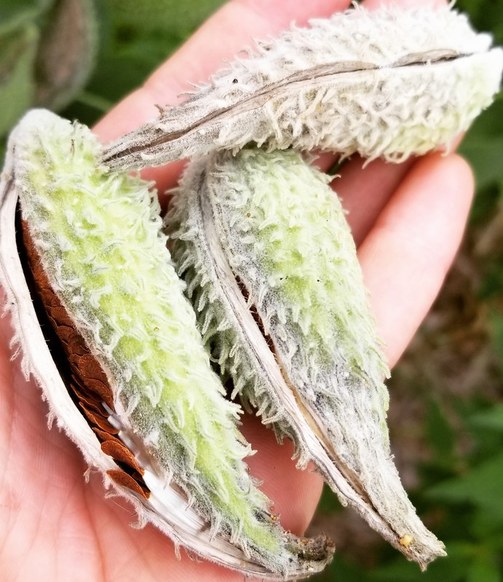
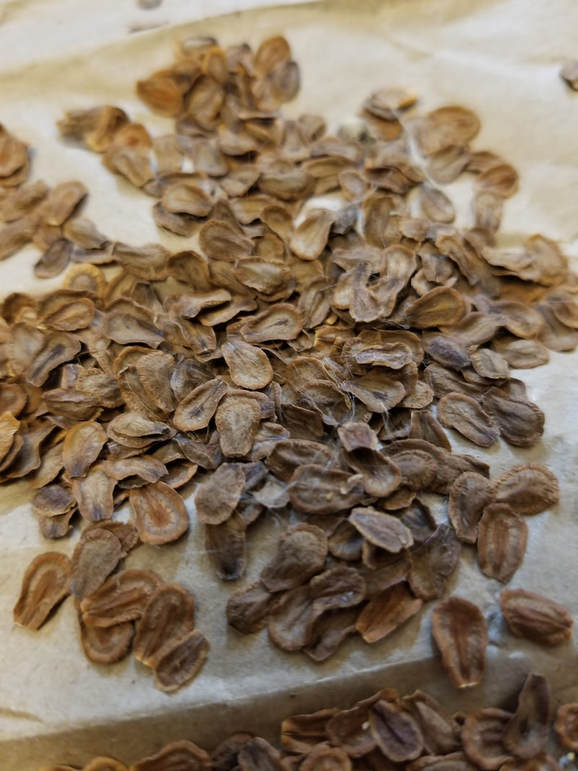
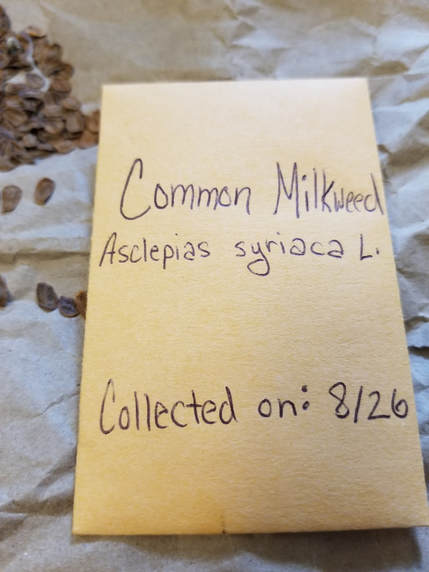
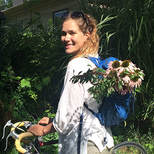
 RSS Feed
RSS Feed